There has been an increase in the use of wood and other biomass fuel for heating homes across the colder parts of North America & Canada for the last decade. In Eastern Canada and the USA in particular this trend was largely triggered by one storm in 1998. There was a noticeable spike in woodstove sales in 1999 through Ontario, Quebec, New Brunswick, Vermont, Maine, New Hampshire & New York, which has been attributed to the 1998 ice storm that left some homes without power or heat for weeks on end.
With the state of global energy reserves being somewhat questionable for the coming generation, and as people rediscover the charm of a real fire in the hearth, many people are looking for ways to be less reliant on conventional energy supplies in the future and to look for an off-grid heating solution. Burning firewood and other biomass fuels are a way to gain that independence.
Heating efficiently with biomass fuel (wood, grain, seeds and manufactured fire logs)
The good news is, improvements in stove and fireplace technology have been so dramatic that burning wood or biomass fuel for heat can be an ecologically responsible choice, which wasn't always the case.
According to the EPA (U.S Environmental Protection Agency) a new and efficient wood stove can release as little as 2 grams of air borne particles per hour, whereas older models released 30 grams per hour or more.
In Canada and the U.S., the best quality stoves will be EPA Certified, which means they cannot emit more than 7.5 grams of particles per hour. You can always find cheaper stoves that don't carry that mark, but you will be buying, splitting, stacking, burning, cleaning and polluting more.
Quality stoves will last longer and use less fuel, so you will come out ahead in the long run, not to mention saving yourself a lot of backbreaking work.
It is also important to choose a stove that is size appropriate for the space you want to heat. A stove too large for a given area means you will either overheat and have to open windows, or have to burn it at lower temperatures, creating creosote and more emissions. For a guide on choosing the best woodburning stoves and fireplaces, see here.
Other wood burning heating tips:
- Ensure your stove and chimney are properly installed by a professional.
- Install a dedicated cold air intake for your stove, otherwise your stove will feed on warm inside air which will be replaced by cold outside air as you depressurize your house.
- Install a stove pipe thermometer and burn your stove at the right temperature, between 270 and 500 degrees Celsius. see here to learn about the wood combustion process and how burning firewood can be eco-friendly
- Burn the right fuel with the right moisture content. Details below.
Open fireplaces:
An open fireplace in a home is about as inefficient a heat source as can be imagined. While open fireplaces provide warmth to the immediate area, most of the heat generated goes up the chimney, taking with it inside air warmed by other means. An operating fireplace can suck hundreds of cubic feet of warm air from your home per hour, resulting in a net heat loss.
If you have one, it's worth considering either sealing it off or installing a high efficiency wood burning insert, as an open fireplace will often draw warm air from your home even when not in operation.

Fireplace inserts are sealed cast iron stoves that fit into your fireplace, which helps it burn more efficiently and better distribute heat through your home. A fire place insert in an old stone fireplace will have the added benefit of thermal mass to retain and distribute heat.
As older fireplaces are often located on exterior walls, installing a cold air intake can often be relatively easy and will significantly increase the efficiency.
Wood burning stoves:
While we can do without some of the amenities we have grown accustomed to, heat is not one of them. Having a reliable and manually controlled heat source can enable you to heat your home in the absence of power.

The more efficient stoves have what is called a double combustion burner or re-burner, this refers to metal tubes or baffles in the top of your stove's firebox where much of your combustion and heat comes from.
Efficient and certified woodstoves start at about $1,500 dollars, and go easily up to $3,000 or more with size and aesthetics. Given the risk of fire and indoor air pollution if installed poorly, installation is best left to professionals.
Chimney installation will be extra, so expect to pay at least $1500; more if the exhaust has to travel far before leaving your house.
All wood stoves will come with an indicated minimum distance from combustible materials. If space is at a premium, look for stoves that have heat shields in the back that can reduce that required distance.
Wood pellet stoves:
A pellet stove looks pretty much like any wood stove, and gives you the same localized heat and ambience. But rather than firewood, pellet stoves only burn compressed waste-wood products, grain, seed or corn.
One major difference with a pellet stove over a wood stove, is that they have a hopper which loads fuel automatically. This can allow you to set and maintain a temperature for a couple of days in your absence before having to reload the hopper.

You cannot open a pellet stove and throw in a log. Removing the human element of loading firewood can in itself save fuel, as it is easier to maintain a consistent temperature with automation than relying on human intuition. It can also improve your indoor air quality since you don't need to open the doors to add fuel, which can allow smoke into your home.
One disadvantage of pellet stoves over wood stoves is that the hopper requires power to load pellets. So in the event of an extended power outage, you might get a bit chilly. Solutions to that can be either a dedicated battery backup, or a generator. Or choose an electricity free pellet stove suitable for off-grid heating here.
If you are building your home yourself, research local building codes regarding pellet and woodstove safety early on. There are minimum distances from all combustible sources that you should know about when designing. Incorporating thermal mass around your stove will help overall heating efficiency.
Masonry heaters (masonry stove, Russian stove)
As indicated by the name, these heaters are made of masonry (brick, stone, tile and plaster) rather than cast iron like wood and pellet stoves. Masonry heaters are an extremely efficient way to heat with wood, as they burn efficiently, and the exhaust gas is directed through a lengthy series of heat exchange channels that warm the stone.

This is not something you will have delivered to your home, it will need to be built on site, and likely take one to several weeks to complete. Planning for a masonry heater should be in the design phase if possible, as that weight requires tremendous support. For new home construction, a footing is often poured for the stove at the same time as for foundations.
Fires in a masonry heater can burn hotter than in a metal stove, which translates into a more complete fuel burn. The fire box of a masonry stove can handle temperatures as high as 2000 degrees Celsius, resulting in very low emissions, more efficient use of fuel and less creosote buildup in chimneys.
One disadvantage to masonry heaters is that they will not heat up your home quickly. As the fire burns, the heat is absorbed by the stone and released slowly, long after the fire is out. So, some thought needs to be put into how much you burn and when you burn it. Once hot, they will continue to release heat, often for days.
The price of a masonry stove varies tremendously, based on size, material and design. You can buy kits from around $2,000 to $3,000 and do it yourself, but to have them professionally made they start around $10,000 for a modest one, going easily up to $40,000 for an elaborate design.
However, there is no duct work to install; they do not rely on electricity; fuel costs are low and they are extremely durable. Some masonry stoves in Europe are up to 500 years old and still in operation.
You can also incorporate an oven into your masonry heater and cut down on your cooking costs, not to mention still being able to cook during a winter power outage.
Placement of a masonry stove should be somewhat central in the home for comfort and efficiency, which can be done safely as they are not so hot as to be dangerous to touch. If you are able to place it in the path of the sun, you will also have solar heat gain as the sun warms the stone.
During the time of construction, you can also have metal piping embedded in the stone which can be used to preheat domestic hot water or transfer heat through your home with radiant floors.
Any woodburner or wood burning stove will only give as much heat as the wood itself is able - so the choice of firewood and how it has been seasoned or dried and stored is also a big factor in the potential heat output.
Now you know more about heating with homes efficiently with firewood. Find more pages about sustainable living and how to reduce emissions on the pages below and in the Ecohome Green Building Guide pages.
Find more about green home construction and reap the benefits of a free Ecohome Network membership here. |






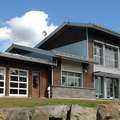













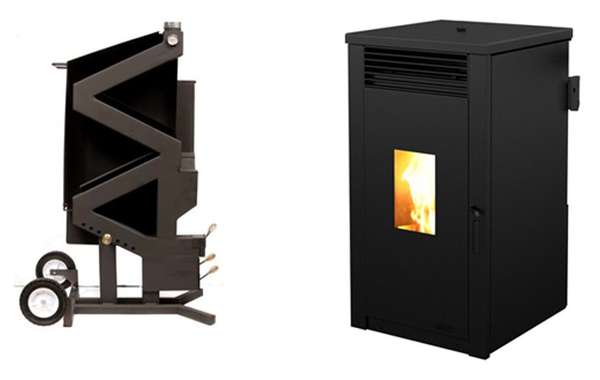

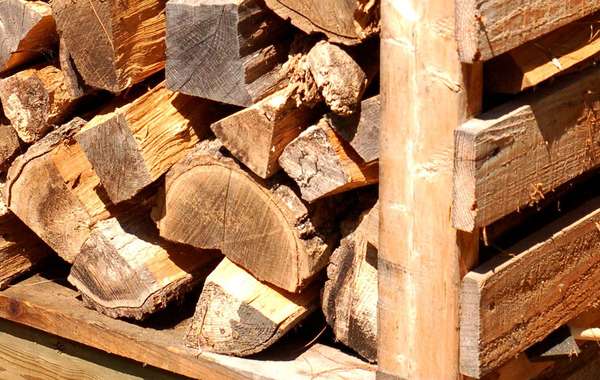
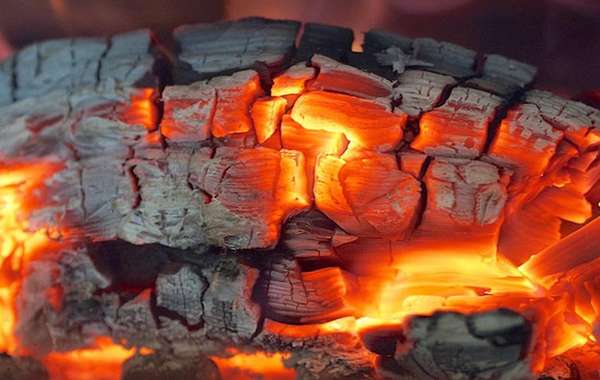
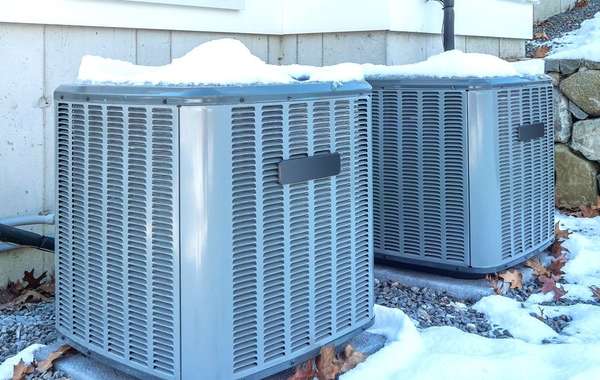
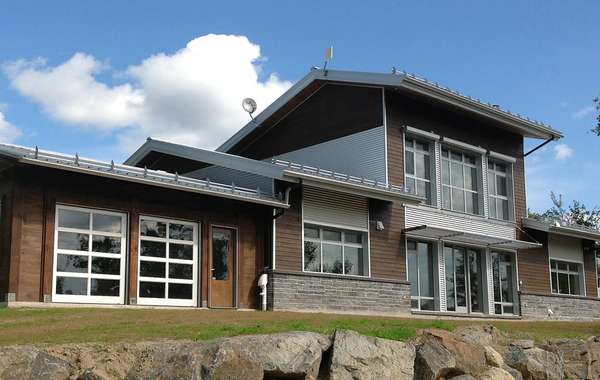



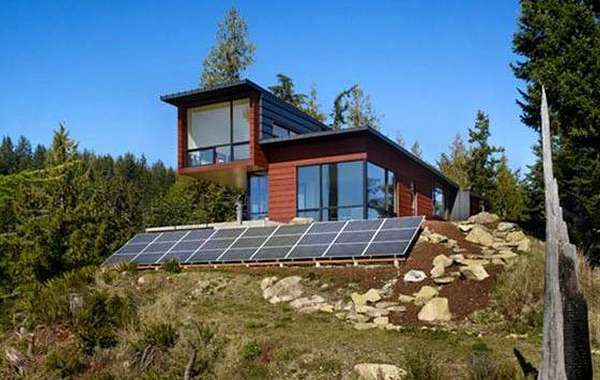
I am seriously looking at Timber Ridge 2000 Pellet stove at Cndn Tire Strathmore Alberta Canada. Want to know inner workings of the stove. Already have the sales pitch, now need more information, please!
Specifically does this stove have secondary burn of first fire distillates?
Is it fire burns and heat up the chimney? What is the technology of the stove?
I have just got a Wood stove and it's the best thing I have done keep the wood fires going srjames uk